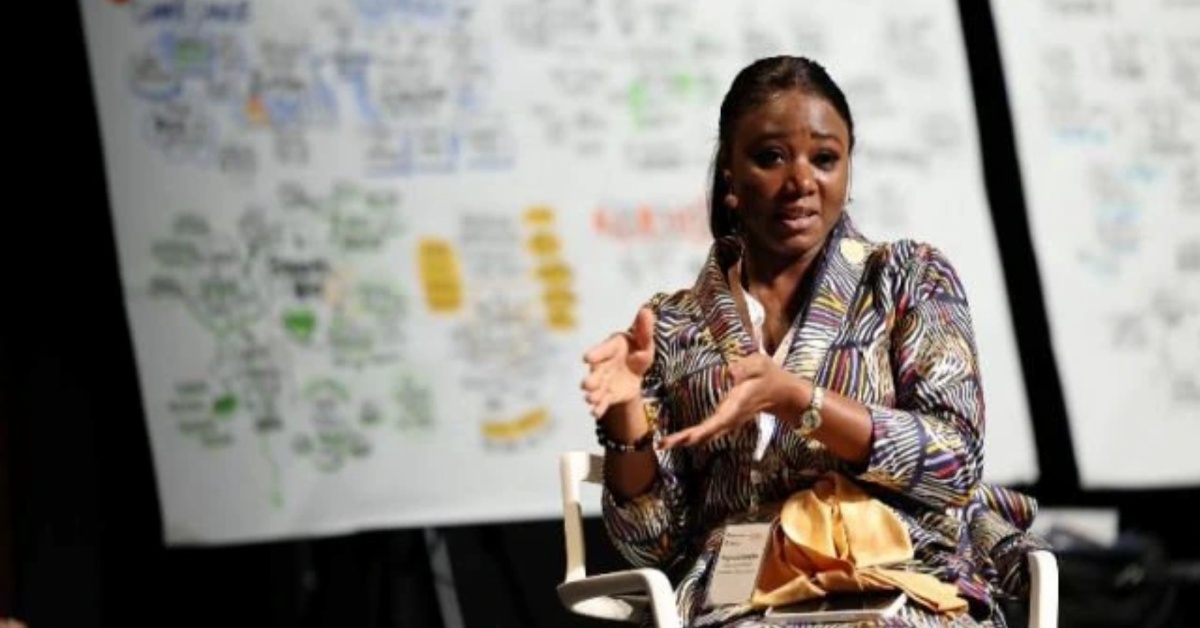Eugenia Kargbo has an unusual job, her role in Sierra Leone’s capital is the first of its kind in Africa.
She has been tasked with raising public awareness about extreme heat, improving responses to heat waves, and collecting, analyzing, and visualizing heat impact data for the city, which is home to 1.2 million people.
Freetown is increasingly threatened by dangerous temperatures. In 2017, the Intergovernmental Panel on Climate Change ranked Sierra Leone third, after Bangladesh and Guinea Bissau, on its list of countries most vulnerable to climate change.
The risks are concentrated in its capital and largest city, Freetown, where some 35% of the population live in 74 informal settlements like Kroo Bay, often in disaster-prone areas like the seafront or hillsides. Houses are densely built and typically temporary structures made of “heat-trapping” materials.
Services that support cooling, such as water and electricity, are usually inadequate. While there is plenty to learn from more developed countries outside Africa, it is important to also draw from local indigenous knowledge and practices. An examination of knowledge and awareness about climate-related and environmental problems in African traditional society shows there is much to be learned from indigenous systems.


 Post a comment
Post a comment









Comment(s)
Disclaimer: Comments expressed here do not reflect the opinions of Sierraloaded or any employee thereof.
Be the first to comment